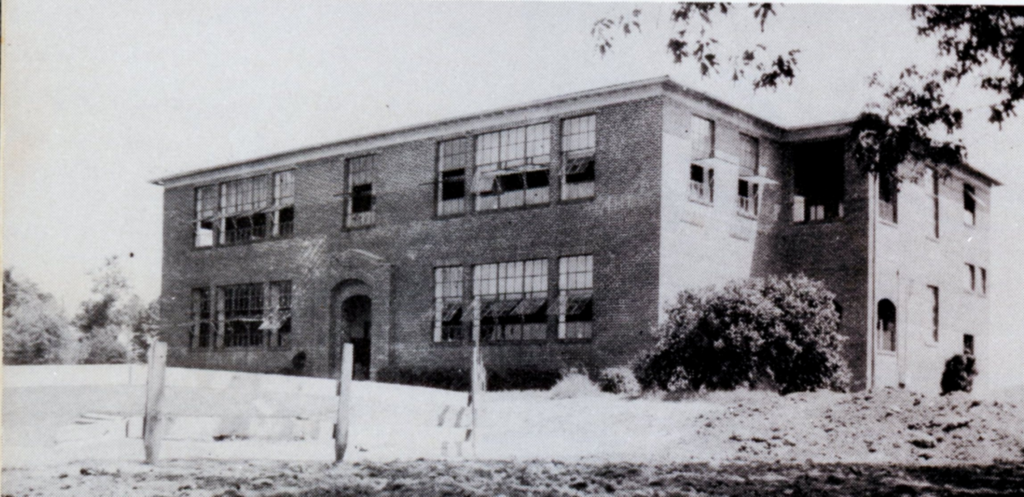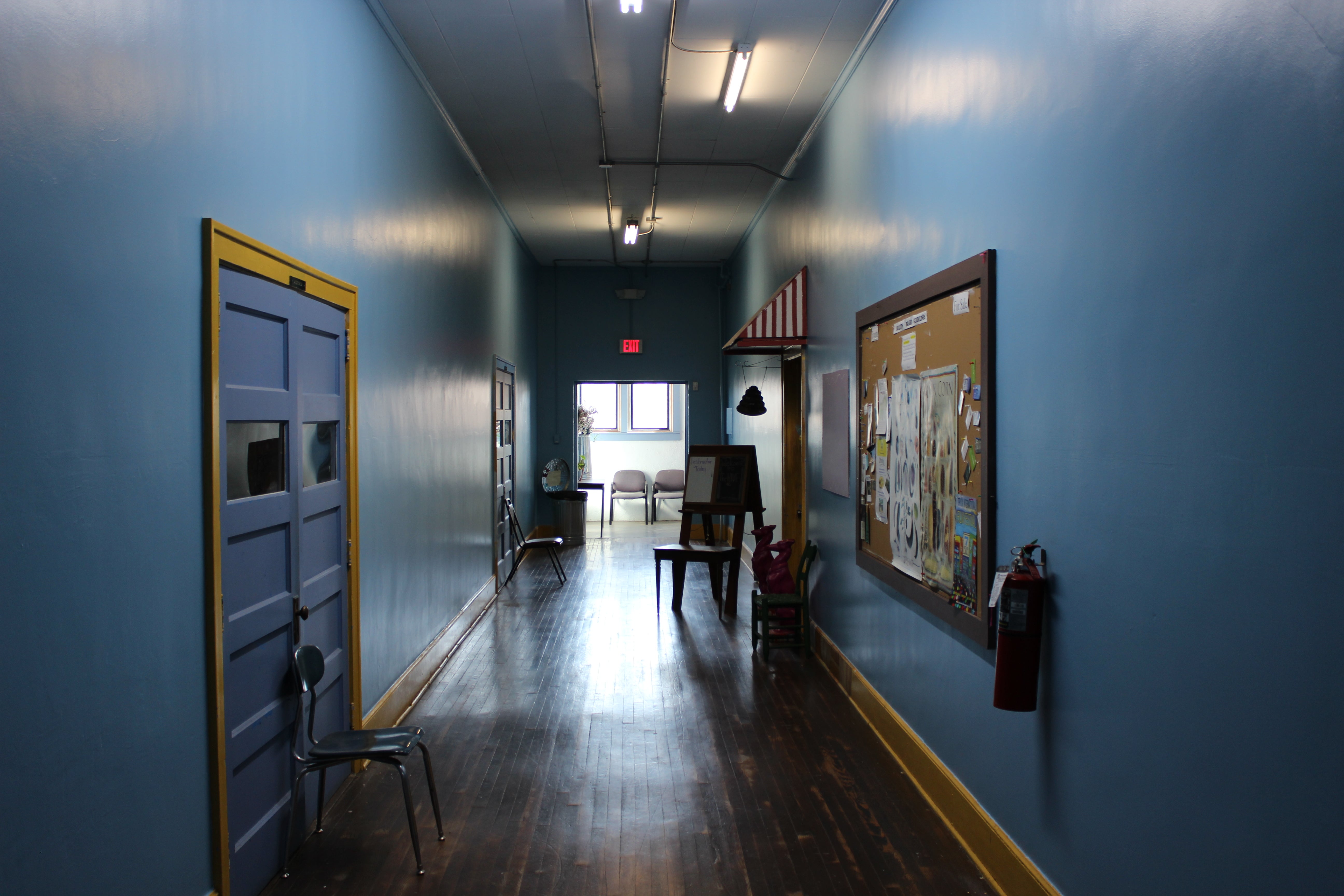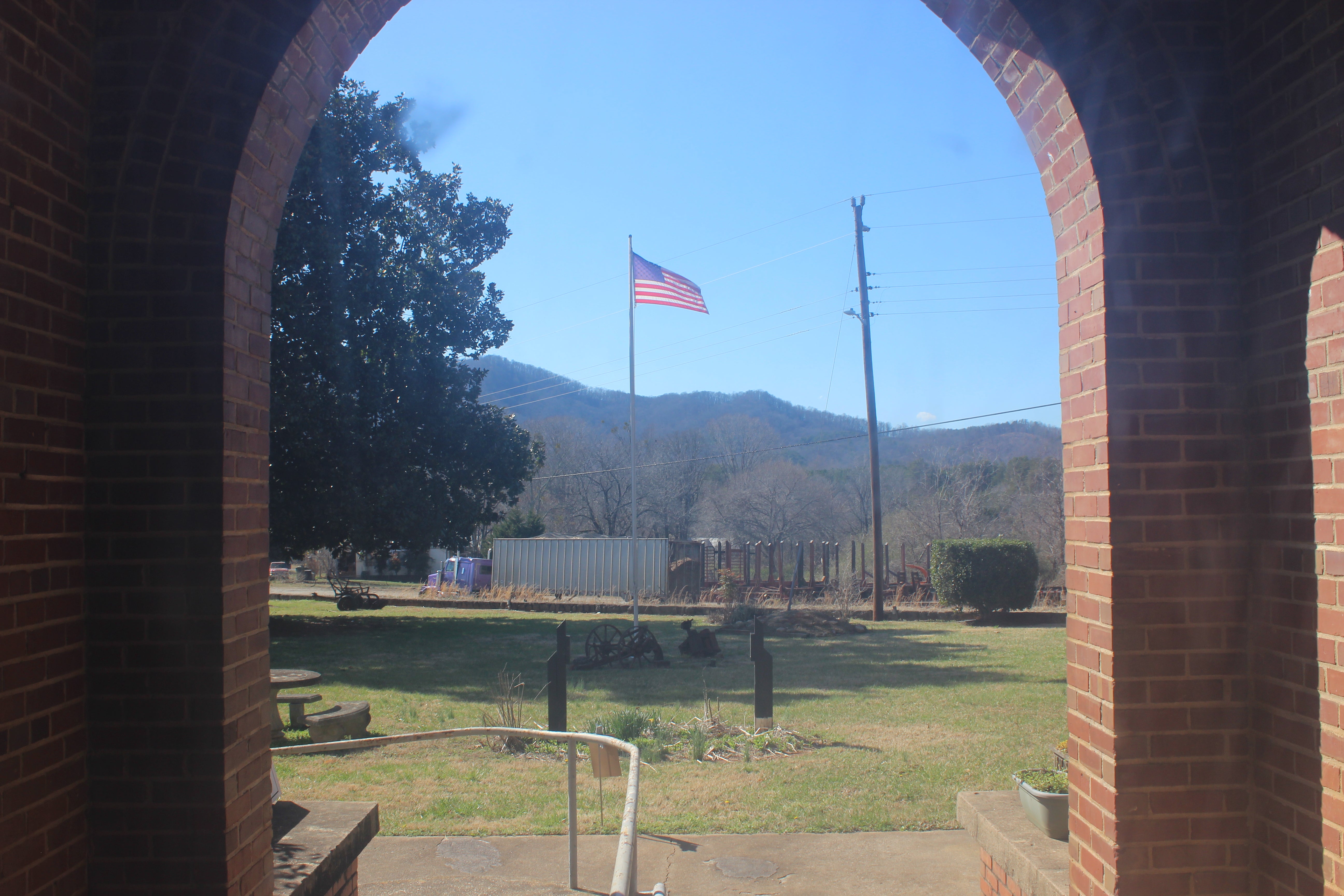Life in our Foothills June 2022 – More than just a building
Published 10:28 am Thursday, June 9, 2022
|
Getting your Trinity Audio player ready...
|
Mill Spring Town Center adds to legacy of former Mill Spring School
Jonathan Swift once wrote, “Everything old will be new again,” and the Mill Spring Town Center adds more credence to the famous author’s well-worn axiom.
The 41,000 sq. ft. former schoolhouse, located near the intersection of NC Hwy. 108 and NC Hwy. 9, is undoubtedly old, built in the early 1920s, though the exact date of completion is still of some debate. One thing is for sure as it approaches an ambiguous centennial, however. The historic landmark continues to have an ever-changing but always community-centered role, having spent its first 70 years as Mill Spring School, the last decade as the Mill Spring Agricultural Center, and now in its third incarnation as the Mill Spring Town Center.
Anwar Timol of Tryon purchased the property from the Polk County Soil and Water Conservation District in 2019. Originally from Brooklyn, New York, Anwar saw something unique within the walls as a former tenant. A 20-year telecommunications veteran gave him the foresight to see the building’s technological potential.
“The center has the qualities of being a good data center, especially in the Isothermal Belt, which has a stable climate. Pangaea fiber and Windstream have service in the building. Duke Power and Dominion Natural Gas are nearby. It also has a history with artists and agriculture, which have been important aspects of my life,” Anwar said.
Anwar and his wife, Megan, who trains dressage horses, have continued the building’s legacy in education, community, art, and agriculture while building their own. His personal goals for the center are “to create higher-paying jobs, and to provide superior internet access while fusing technology with art and agriculture/nature.”
“I hope to establish a center for creative entrepreneurship that takes advantage of the proximity to Asheville, Charlotte and Greenville, all while realizing the benefits and quality of life that comes from living and raising a family in Polk County, N.C.,” he reflected.
While Anwar has a plan for the future, he also has a deep appreciation for the building’s past — a past filled with chalk dust and children’s laughter, but partially obscured by a fire that devoured the North Wing in 1940 along with the records office.
Officially recognized as a high school in 1925, soon after consolidating with Pea Ridge, Principal Bill Nesbitt would hand out its first diplomas in 1933 after a second consolidation with Silver Creek. The class of 1947 would be the first to attend all 12 academic years before a final merger with Sunny View. Eventually, it would be replaced as a high school by Polk Central in 1960 and continue as a grammar school through integration. It then became an elementary school in 1972, and would remain so until closing its doors in 1993.
The building would sit empty for nearly a decade until donated to the Polk County Soil & Water District in 2009. Reopening as the Mill Spring Agriculture Center would add a new purpose as a meeting place for the community’s farmers. The renovation of the campus and structure would be made possible by over 17,000 volunteer hours. Together they would add fruit trees, an exhibition rose garden, medicinal, dye and culinary gardens, and transform the classrooms into offices and studios.
Anwar gives a great deal of credit for the work done on the center before he arrived to Lynn Sprague and the folks at PCSWCD alongside county maintenance.
“They did a lot to get it to where it needed to be,” he said, “although I had to do some significant work right out the gate. Their work put the Town Center and me in an excellent position.”
Walking onto the campus grounds, you’re likely first to notice Ishmael Lord’s massive “Spread Love” mural on the south side of the building, featuring cartoon horse Lil’ Herc. Lil’ Herc is a creation of a friend of Anwar and Megan’s that befriends and helps a young girl with disabilities. The building’s colorful mascot and timeless motto watch over the sunlit eight-acre campus.
An original sculpture by local blacksmith George Matthews securely supports a thick iron bell and the names of the community members who spearheaded the building’s renovation. Each side of the original sculpture represents different aspects of the county’s agricultural history while also reminding us of the importance of farming to the area’s past.
Fieldstone walls and antique farm equipment surround the building’s oldest residents, a giant magnolia and regal red oak tree. The trees appear to have provided as many memories to former students as the school itself. The twin giants served as home base for countless games, cover for more than one first kiss, and in recent years, shade to several weddings.
The gravel drive lined with rose bushes and fruit trees takes us around the back to a sunflower-shaped windmill turning steadily with the breeze, a functional sculpture made in the center’s working blacksmith shop. A stand-alone brick building containing six furnaces and all the hard-hitting tools needed to shape metal, the blacksmith shop is another throwback to an even earlier time in the area’s history, before agriculture was the primary economic force. When the region’s rich mineral deposits first brought it to state and national attention, blacksmithing became a necessary art among the region’s farmers who could not waste time going into town every time they needed a nail or a horse threw a shoe.
One might expect the school bell to ring, rushing them to class as they walk through the entryway, while Principal A.B Wilson tells them to slow down. Anyone would feel welcomed by the foyer highlighted by a colorful mural showcasing a celebration on the center’s lawn. The mural hangs above a community library box filled with the latest bestsellers while faux plants, giving examples of the local greenery, line the opposite wall.
The long polished wood floors and freshly painted halls lead to multiple offices, studio spaces and a 415-seat auditorium. The former classrooms now house a portrait-photography studio, Montessori school, artist studios, government offices and several businesses, including Anwar’s own data security company, CloudOgre.
Anwar is working hard for the building to be around for another hundred years. “I plan to expand CloudOgre with a Data Center and other work from home technologies like UCaaS and basic internet access. The Data Center will serve as a place where cloud providers and businesses store their equipment to better operate their cloud services and apps.”
He further explained, “Today, companies use smaller/edge data centers closer to the people to give people a better experience using their technology. We’ll be able to assist in the production, hosting and broadcasting of content. Artists and entrepreneurs will have a place to grow their businesses. Of course, PCSWCD, Agricultural Economic Development, and other county offices and large companies will continue to have their home here.”
When leaving the building the sign out front tells us, “This building will always be here for its citizens” — a sentiment sincerely felt by the owners and tenants of the Mill Spring Town Center. And in their capable hands, it is on a path for another hundred years of bringing excellence in education, arts, agriculture and technology to the local community.
Photos by Storme Smith















